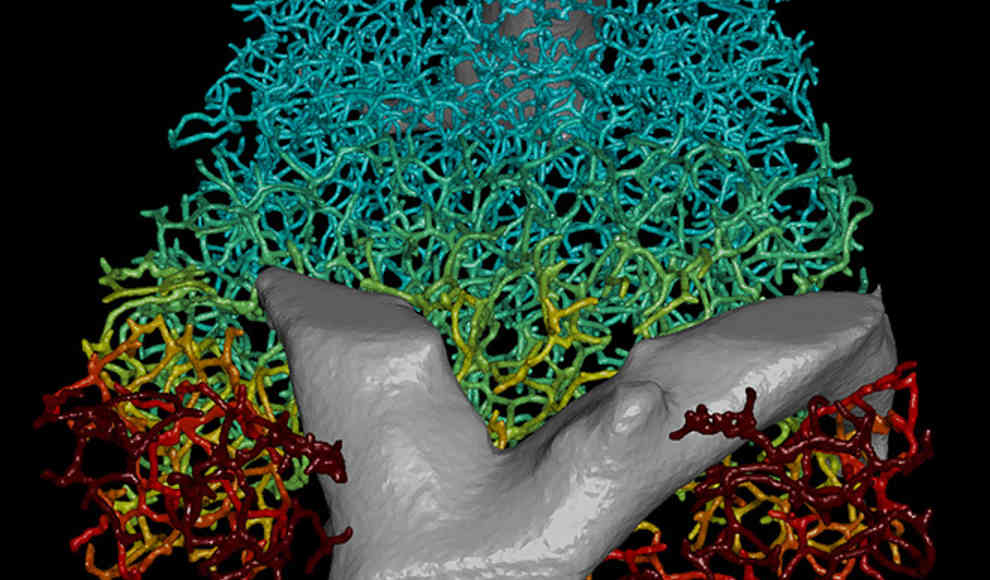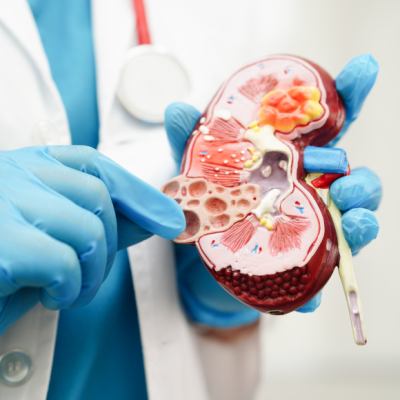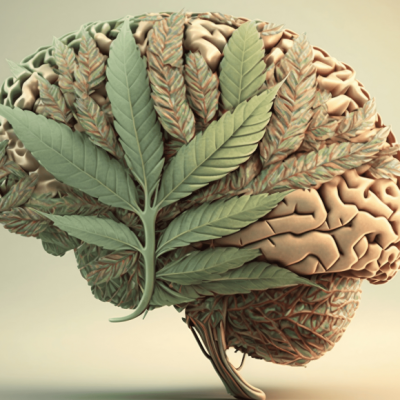Researchers have developed a computer model that can simulate the flow dynamics of bile in the liver, predicting drug-induced liver damage. This breakthrough could reduce the number of animal tests required in the future. The liver plays a crucial role in detoxifying the body, making it particularly vulnerable to damage from drugs. Newly developed drugs can cause a condition called cholestasis, which can lead to liver damage if the dose is too high. To prevent such damage to the human liver, these drugs are tested on animals. However, researchers at the Max Planck Institute for Molecular Cell Biology and Genetics have developed a computer model that can simulate the flow dynamics of bile in the liver. This virtual liver allows researchers to study liver diseases and the effects of drugs on the liver. Although animal testing will still be necessary in the foreseeable future, the digital liver can help reduce the number of animal tests required.
The liver is an important metabolic organ responsible for breaking down fats and removing waste products. It produces bile, which is transported to the intestine through a complex network of channels. Marion Zerial and her team at the Max Planck Institute have used high-resolution microscopes to analyze a mouse liver and create a 3D model that can simulate the flow properties of bile. Although the current model only represents the channel network of a mouse liver, the researchers are already working on adapting the model to a human liver. Zerial is confident that the model can be applied to the human liver, allowing researchers to study liver diseases and the effects of drugs directly on a human liver.
The digital liver model can be extremely helpful in developing new drugs. Animal tests are currently required by law to test liver toxicity for new drugs. However, the digital liver model is more sensitive and can provide more information from experiments. This could help reduce the number of animal tests required for drug development in the future. Zerial believes that the digital liver model can be a game-changer in drug development, stating that “our liver model could help reduce the number of animal tests required for drug development in the future.”










